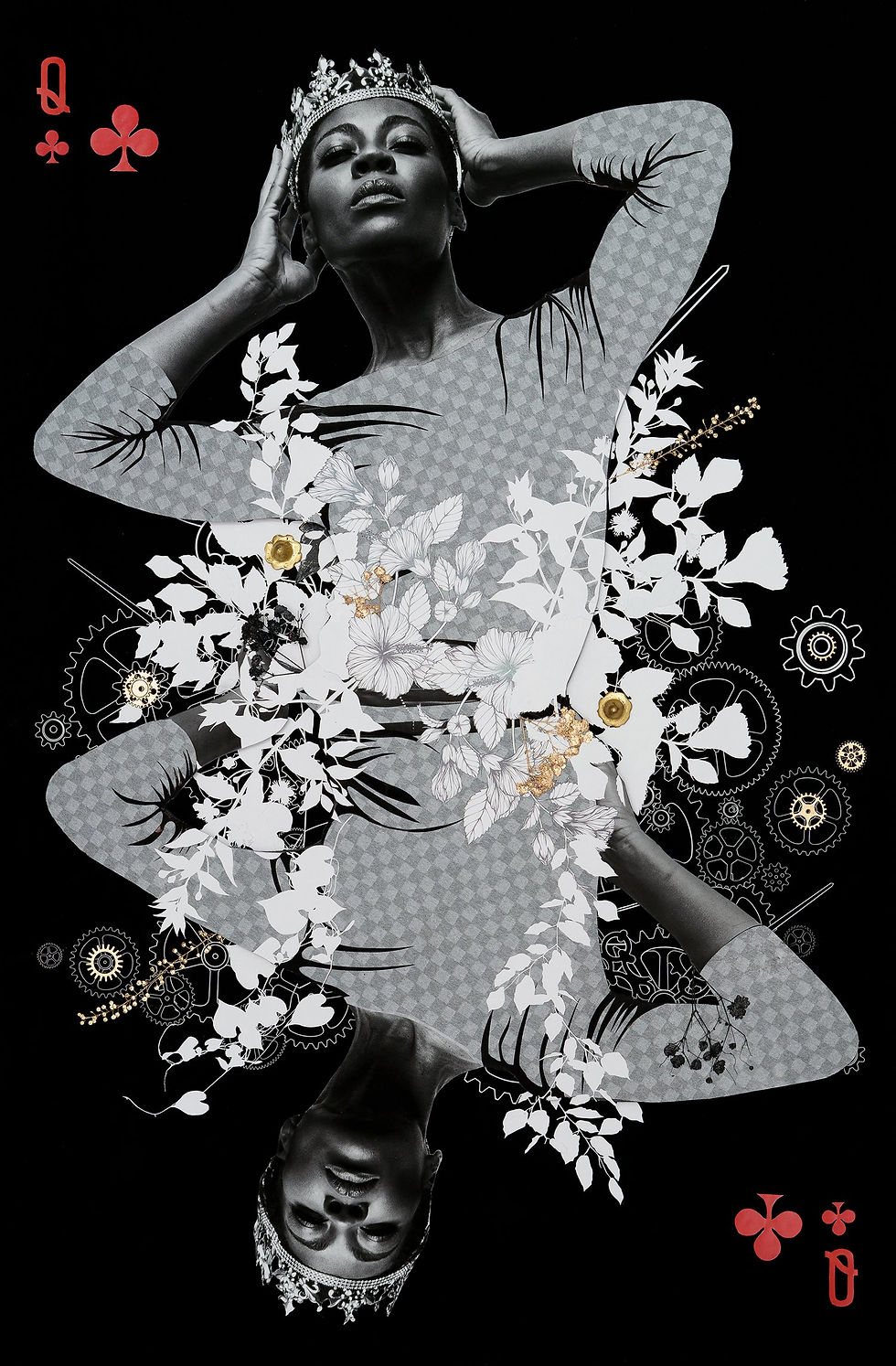A New Reality Through Abstraction: Piet Mondrian
- Anthony Roberts

- May 22, 2022
- 3 min read

Composition with red, yellow, blue and black, 1921
Piet Mondrian (b. 1872) was a painter and theorist who created a unique visual language as a result of his lifelong pursuit of a universal, simplified form of expression: a new reality.
Mondrian’s pursuit was fueled by an orientation to the spiritual world, formed during his childhood and further shaped by philosophy studies and writings. Over his career, Mondrian steadily progressed from figuration to a minimalist form of abstraction rooted in self-developed principles. Mondrian’s legacy shaped subsequent art movements as well as design, architecture and music.
“All the time, I’m driven to the spiritual. I became aware that art could provide a transition to the finer regions, which I will call the spiritual realm.”

Mondrian 1942, New York
Piet Mondrian was raised in the Netherlands to a devout Calvinist, artistic family. His father, a school principal, drew as a hobby, and his uncle was a professional painter. Mondrian started his journey as an artist following academic tradition. He trained at the Royal Academy of Visual Arts and earned a teaching certification. But Mondrian had a drive to grow, summed up in one of his personal maxims “always further”.
Mondrian's draw to the spiritual world led to his becoming a member of the Theosophical Society, a group that included many artists and intellectuals of the day, whose teachings were based on Buddhist principles. Through this association, Mondrian developed a firmly held belief that art could provide glimpses into the true spiritual realm that underlies tangible reality.

The Gray Tree, 1912
Over time, with inspiration from various modern art movements, Mondrian’s work evolved from figurative landscapes to simplified abstractions. Cubism had a profound impact on his development. Following an exhibition of Cubist work in Amsterdam in 1911, the 39-year-old Mondrian decided to move to Paris. There, he absorbed the tenets and techniques of Analytic Cubism. But he felt the need to push the approach to what was, in his mind, its logical conclusion: the simplification of reality into its most basic forms and colors. He began to experiment with horizontal and vertical shapes, straight lines and primary colors. The elements and their configurations represented the balance of essential, opposing forces: positive and negative, dynamic and state, masculine and feminine.
Mondrian was dedicated to his art, in an almost monk-like manner. He never married and lived simply with minimal furniture and ornamentation. His emotional expression came mainly in the form of listening to music and dancing. Mondrian frequented Parisian dance clubs with his artist friends, and had a special fondness for Jazz music.

Broadway Boogie Woogie, 1942-43
After two years in Paris, Mondrian traveled home to the Netherlands to visit family, including his ailing father. But his return was interrupted by the outbreak of WWI, which required him to remain in the Netherlands throughout the war.
In Holland, a neutral country during the war, groups of artists continued to meet and develop new ideas. Mondrian joined an artist colony which published a journal called De Stijl or “The Style”. The group, which included artists, architects and designers, presented an ideal of total abstraction with an “absolute devaluation of tradition” as a model for harmony and order across humanity and the arts. This contrasted the return to tradition in Paris during and after WWI.
During this time, Mondrian further developed the approach he’d started in Paris. He asserted that colors and forms could stand without referencing anything: not nature (as in Impressionism), not human emotion (as in Kadinsky). And that this form of expression was the truest form, a “new reality” based on deeper universal truths.
This view led to a set of principles that guided his work: namely, the balance of asymmetrical vertical and horizontal forms and the use of only primary colors red, yellow, and blue plus black and white.
After WWI, Mondrian moved back to Paris where he created the body of work for which he is best known. Not until 1925, at the age of 53, was he appreciated as a leading painter of his time.

Composition No. III, 1929

Victory Boogie Woogie, 1942-1944
Watch a Tate curator discuss the impact of Mondrian's work:
References:



Comments